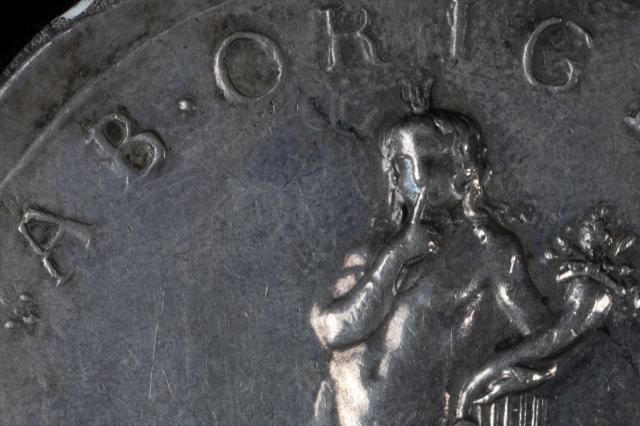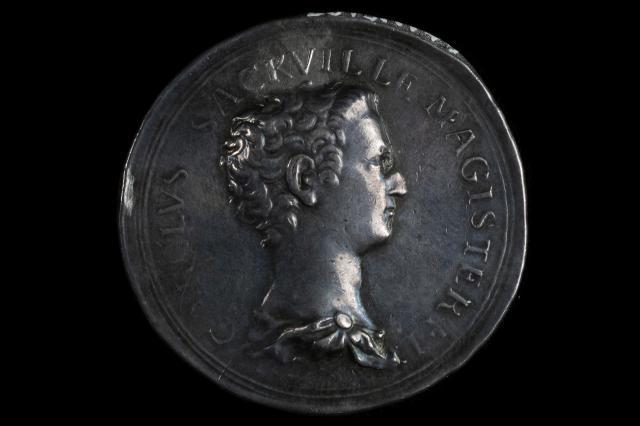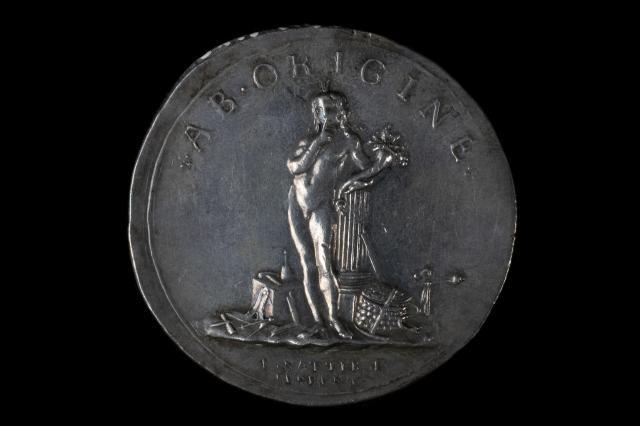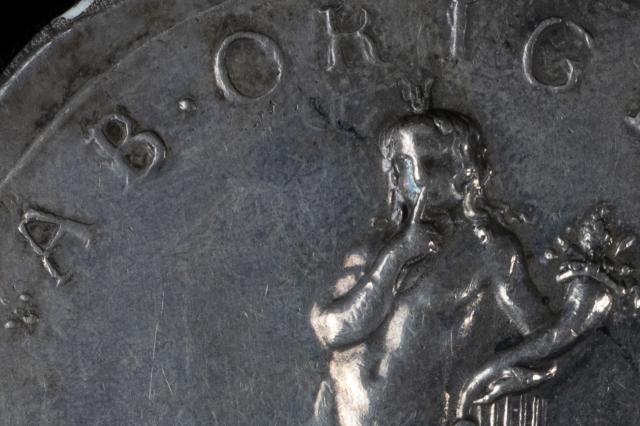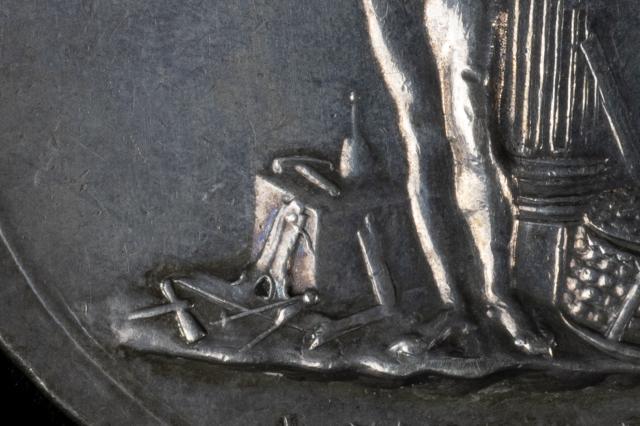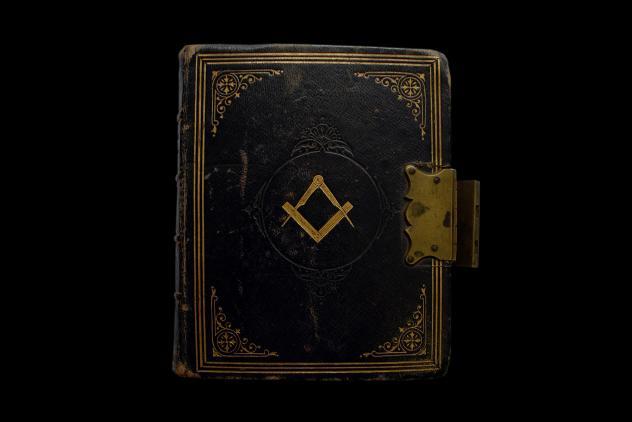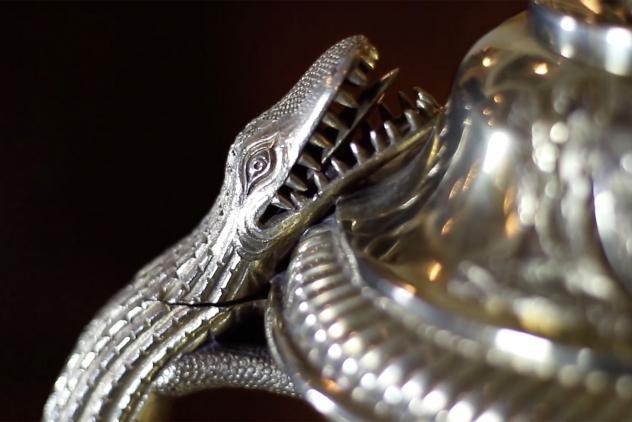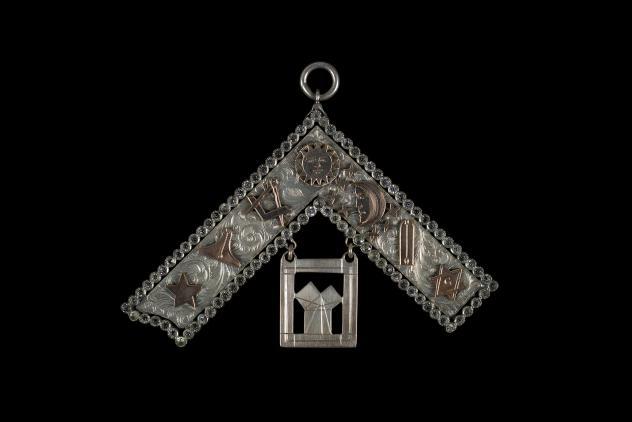Our first exhibition to be featured on Google Arts & Culture is Bejewelled. For this virtual exhibition we explore the meaning on the freemasons’ badge, which is called a ‘jewel’. Through the five stories that comprise the exhibition you can see how a jewel is designed and created, what the most common symbols mean and what the jewel signifies to the member and their lodge. We also have many examples from across the world including from countries where freemasonry once thrived but is no longer permitted. This online version is based on our very popular physical exhibition at the Museum in 2018 titled Bejewelled: Badges, Brotherhood and Identity.
However, there is one shining item not present in the online exhibition on Google Arts & Culture that did originally feature in the physical exhibition. It is actually from the very start of this story and would eventually lead to all the other lodge jewels you can see in Bejewelled. So let’s take a look at what is known as the Sackville medal.
During the 18th century freemasonry could be found in many of the cities and states that embraced Enlightenment values with prominent members including George Washington and Wolfgang Amadeus Mozart. Lodges were established in Ireland, Scotland, England, America and throughout continental Europe.
One lodge that met in Florence, Italy, was a little more curious that most. The members of the Florence Lodge struck a silver medal in 1733 to commemorate it's formation and the Founding Master Charles Sackville, 2nd Duke of Dorset. The Lodge itself seems to have been independently created, as no warrant exists from England's Grand Lodge and although Sackville was an Irish freemason there is no direct evidence at Ireland's Grand Lodge either.
Struck by the members at their own expense, the medal was not intended to be worn. Rather it was meant as a memento and as a gift to visiting freemasons from abroad. That said, all three copies in our collection at the Museum show signs of being used as jewels. One has a hole pierced into it while the others have had suspension clasps fitted and later removed. It was from this beginning that the immense diversity of lodge jewels began.
The Sackville medal depicts traits of its origin in a very subtle fashion as one would expect given its age. Fitting comfortably in the palm of one’s hand, it has on the obverse a classical raised bust of Sackville who was 22 years old at the time, and is termed ‘MAGISTER FL’ (Master of Florence). On the reverse is a figure of Harpocrates, Greek god of silence, carrying a horn of plenty while leaning on a half-column. Above him reads the legend 'AB ORIGINE' (from the beginning). We know he’s Harpocrates by his finger placed firmly over his lips. This alludes to the freemasons’ motto ‘AUDI VIDE TACE’ which means ‘hear, see and hold your tongue' first appearing in public on the Freemasons’ Calendar in 1777. The motto was then adopted by the United Grand Lodge of England in 1813.
Modern freemasons would recognise little of the formalised imagery we know today. Although a perfect ashlar, which is a smooth stone cube, can be seen surrounded by stonemason tools resting at Harpocrates’ feet. The mason’s tools here are simply strewn around and the square and compasses are not yet given prominence. Interestingly, at his request, the medal does not reference Sackville’s noble titles. This may show that to be Master of a lodge was already considered an honour, or it may suggest that a lodge is open to members from all walks of life.
There is one other famous member of the Florence Lodge worth noting. Tommaso Crudeli was a poet and lawyer as well as a recognised free thinker who became the Lodge’s Secretary. Unfortunately for Crudeli the Vatican was suspicious of freemasonry and banned it leading to the Lodge being condemned by the Chief Inquisitor in Rome and closed down. In an effort to uncover the activities of the Lodge and the identities of its members, Crudeli was subsequently arrested by the Inquisition in 1739.
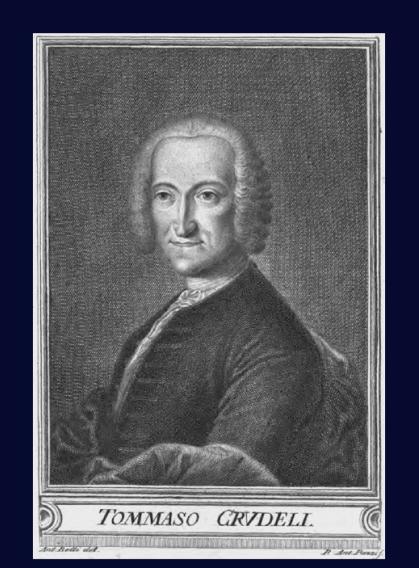
Although interrogated for 16 months Crudeli remained loyal to his freemason's oath and did not reveal the names of his fellow freemasons nor their activities. His release was eventually negotiated in 1741, but with his health broken he died shortly afterwards. Before his death, Crudeli was able to supply a record of the mistreatment he suffered by the Inquisition before it was itself shut down by the Italian authorities.
We can see that the presence of Harpocrates on the Sackville medal was not taken lightly by the members of Florence Lodge at the time, least of all Tommaso Crudeli whose lips remained sealed to the end. Though tragic, his tale is a wonderful example of the significance of the symbolism on a freemasons’ jewel, a tradition that continues today.
